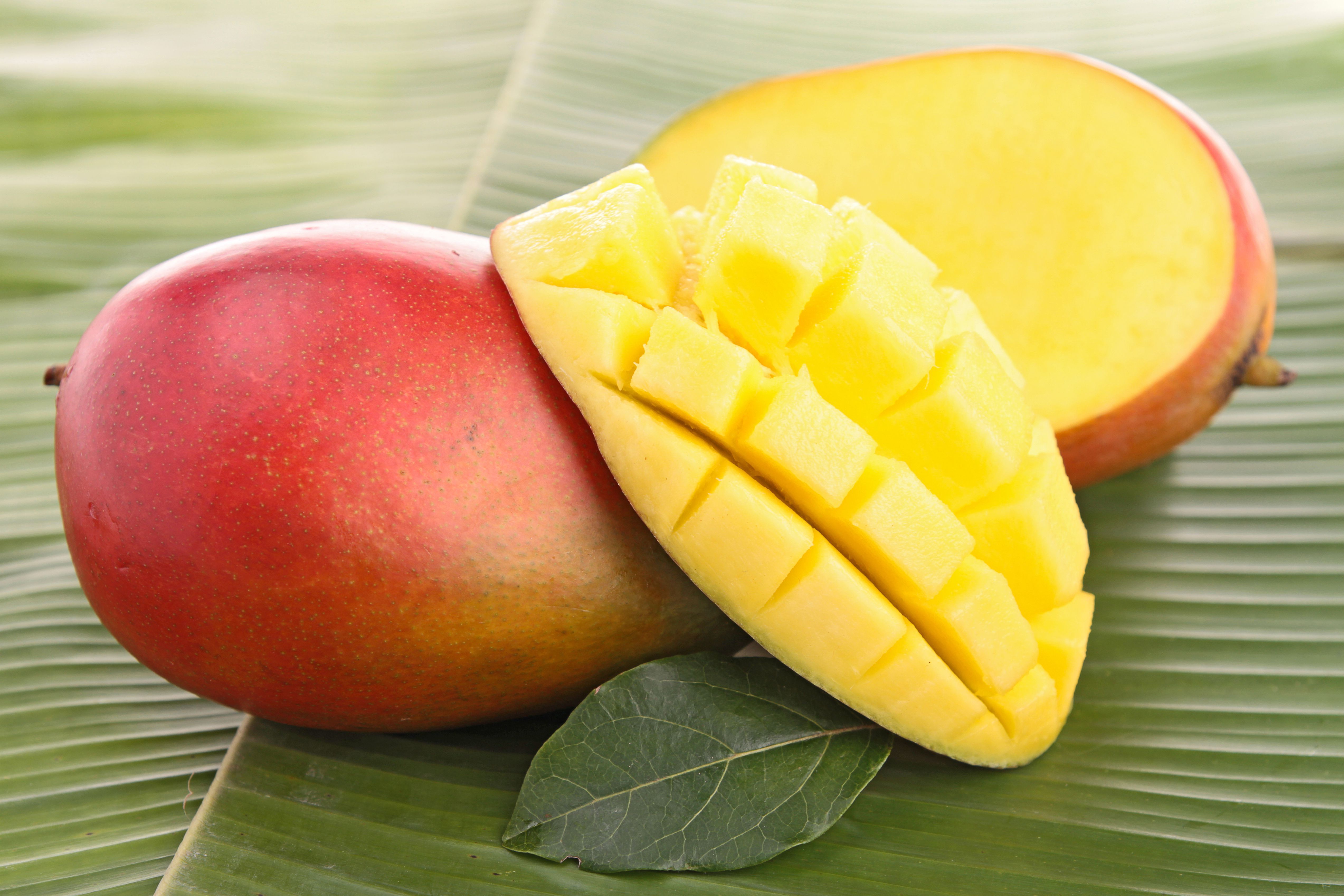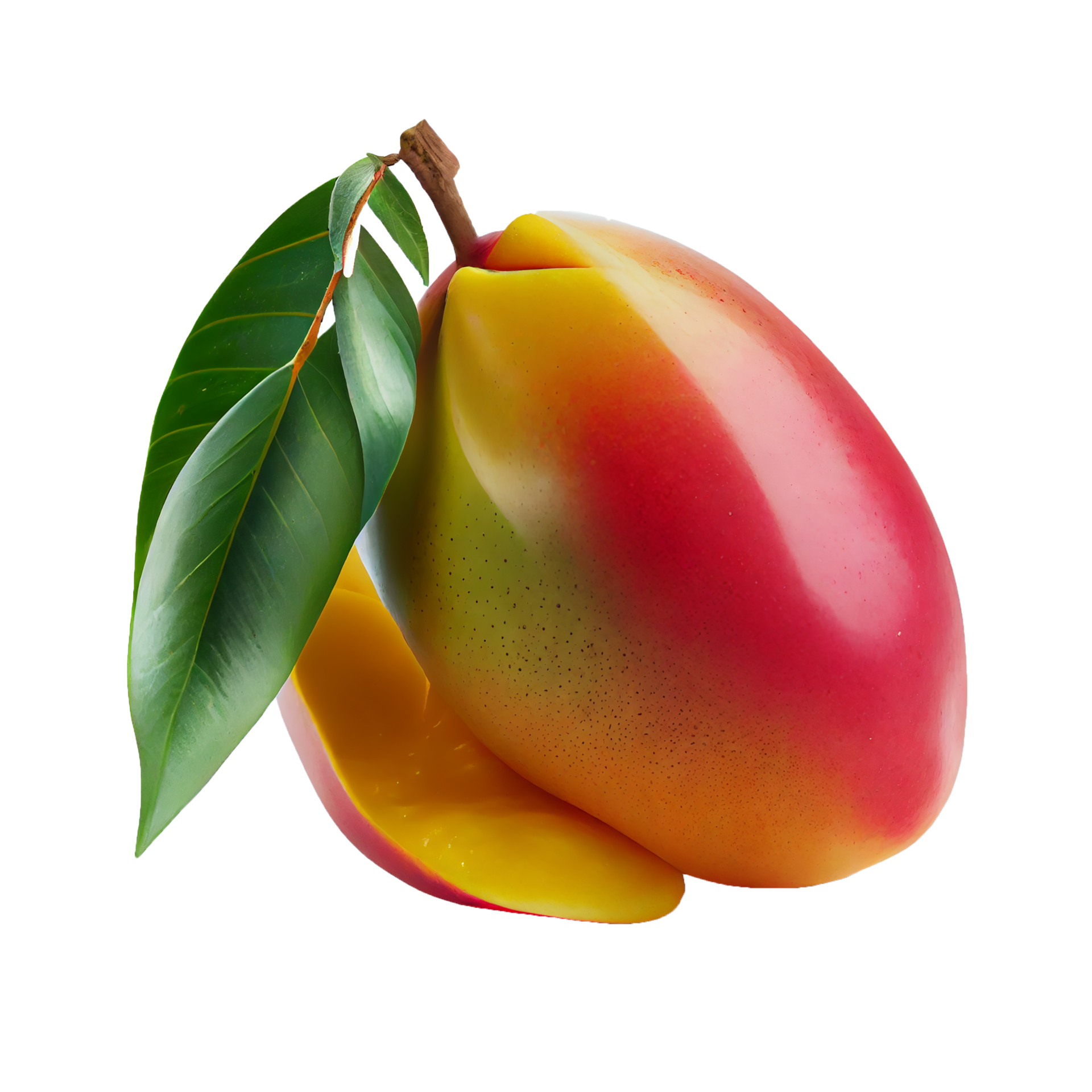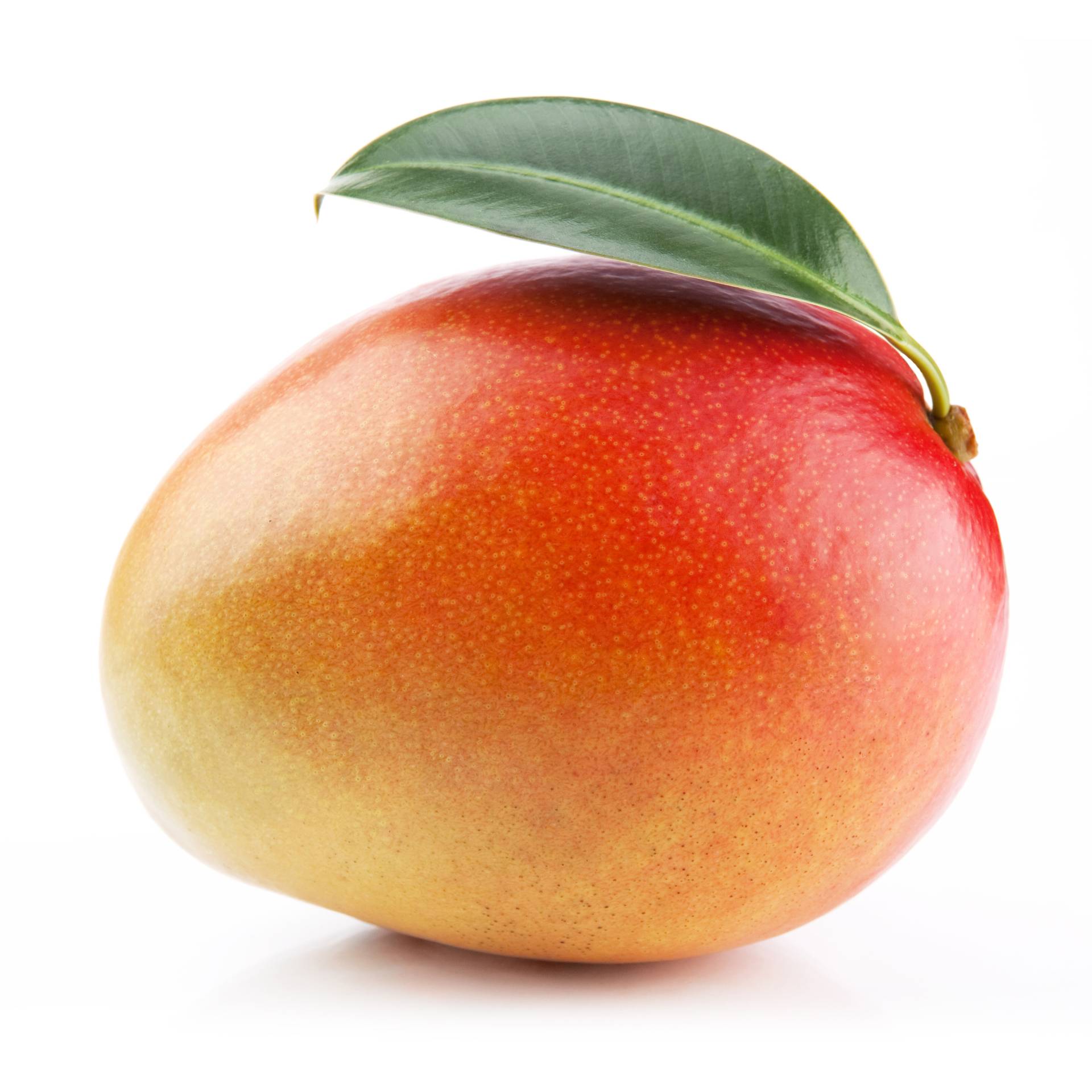Mastering The **Mango Sticky Rice Recipe** At Home
If you've ever dreamt of recreating that incredible taste of a classic Thai dessert right in your own kitchen, then you're in for a treat. Mango sticky rice, or khao niaow ma muang as it's known in Thailand, is a truly special dish, very much a delightful combination of textures and tastes. It's a dessert that, quite honestly, captures hearts with its simple yet wonderfully satisfying nature. For anyone who might think fruit and rice don't belong together, this particular creation will, you know, really change your mind.
This sweet treat is, in a way, one of the most famous Thai desserts, and for a very good reason. It's made with soft, steamed glutinous sweet rice, a rich, sweetened coconut cream, and slices of fresh, ripe mango. The way these simple parts come together creates something quite extraordinary, something that many people consider the most beloved of all Thai desserts. It's actually so popular that when you visit Thailand, you'll find it nearly everywhere, from street food stalls to fancy restaurants.
In this guide, you'll learn how to make authentic Thai street food style coconut sticky rice with mango, right from the comfort of your own home. We'll walk you through everything you need to know to make this delicious dish. So, let's get started making this recipe, shall we? You'll discover just how easy it is to bring this piece of Thai culinary joy into your life.
- Uncover The Truth Did Jvke Play Tyler In Wednesday Surprising Revelations And Expert Insights
- Unveiling Political Strategies With Lucy Caldwell
- Unveiling The Secrets Of Sb19 Before Surgery Discoveries And Insights That Will Transform Your Surgical Journey
- Yesterdays Sports News Uncover The Thrilling World Of Sports
- Shemar Moore And Sanaa Lathan Uncovering Their Impact And Legacy
Table of Contents
- What Exactly is Mango Sticky Rice?
- Why Make Mango Sticky Rice at Home?
- Gathering Your Ingredients
- Step-by-Step: Making Your Mango Sticky Rice
- Tips for the Best Mango Sticky Rice
- Serving Suggestions
- Frequently Asked Questions About Mango Sticky Rice
What Exactly is Mango Sticky Rice?
Mango sticky rice, known as khao niew mamuang in Thai, is a very simple yet wonderfully decadent dessert. It features glutinous, or sticky, rice that's been soaked and steamed. After steaming, this rice gets a generous bath in a sweet coconut cream. Then, it's served with slices of fresh, ripe mango. It's a classic Thai dessert that, in a way, balances sweetness with a hint of saltiness from the coconut sauce, creating a truly unique flavor experience. It's almost like a little piece of tropical paradise on a plate, you know?
This dish really shows how simple parts can come together to make something truly special. The sticky white rice, sweet coconut sauce, and fresh mango slices form a combination that, quite frankly, is hard to resist. It’s one of the most popular dessert recipes in Thailand, and it has gained fans all over the world, too. The warmth of the rice, the coolness of the mango, and the richness of the coconut cream just work so well together, it's pretty amazing.
Why Make Mango Sticky Rice at Home?
Making mango sticky rice at home is, in some respects, a very rewarding experience. First off, you get to control the quality of your ingredients, ensuring you use the freshest mango and the best coconut milk. It's also, you know, surprisingly easy to make, even if you're not an expert in Thai cooking. You don't need any fancy equipment; a makeshift steamer basket works just fine for the rice. This means you can enjoy authentic Thai street food style coconut sticky rice with mango without needing to travel halfway across the world.
- Wi Wi Wi Cat
- Unveiling The Secrets Christopher Seivrights Height Weight Net Worth And More
- Louise Meldrum Uncovering The Secrets Of Success And Impact
- Uncover The Untold Story Of Paul Anka And Lisa Pembertons Marriage
- Scottie Schefflers Wifes Pregnancy Exclusive Revelations And Untold Stories
There's a real sense of accomplishment that comes from preparing a dish like this yourself. It's a way to explore new flavors and cultures right in your own kitchen. Plus, when you make it yourself, you can adjust the sweetness to your liking, perhaps adding a little more sugar to the coconut sauce or a little less, depending on your preference. It's a dish that, honestly, brings a lot of joy, both in the making and in the eating. It's a simple pleasure that, you know, feels very luxurious.
Gathering Your Ingredients
To make this classic Thai mango sticky rice, you'll need just a few key items. The quality of your ingredients, especially the mango and coconut milk, really does make a big difference in the final taste. So, try to pick the best ones you can find. This recipe, actually, relies on these core components working together beautifully.
For the Sticky Rice
- 2 cups glutinous rice (also called sweet rice or sticky rice)
- 2 cups water (for soaking)
For the Sweet Coconut Sauce
- 1 can (13.5 oz or about 400ml) full-fat coconut milk
- ½ cup granulated sugar (adjust to your sweetness preference)
- ½ teaspoon salt
For Serving
- 2-3 fresh, ripe mangoes (Thai mangoes like Nam Doc Mai are ideal, but any sweet, ripe mango works)
- Optional: Toasted sesame seeds or fried mung beans for garnish
Step-by-Step: Making Your Mango Sticky Rice
Making this dessert is, actually, quite straightforward. The process is broken down into a few simple steps, making it very manageable for anyone, even if you're just starting out with Thai cooking. Just follow these instructions, and you'll have a delightful treat ready in no time.
Preparing the Glutinous Rice
The first step is to get your glutinous rice ready. This kind of rice needs a little preparation to get that perfect sticky texture. First, rinse the glutinous rice several times under cool running water until the water runs clear. This helps remove excess starch, which is, you know, pretty important for the texture.
Next, place the rinsed rice in a bowl and cover it with about 2 cups of fresh water. Let it soak for at least 4 hours, or even better, overnight. Soaking helps the rice cook evenly and become, really, very tender. After soaking, drain the rice thoroughly. It's almost ready for steaming at this point.
To steam the rice, you can use a traditional bamboo steamer or a metal steamer basket. If you don't have one, a makeshift steamer works too; just place a heatproof bowl with the rice over a pot of simmering water, making sure the bowl doesn't touch the water. Line your steamer basket with cheesecloth or a clean kitchen towel. Spread the soaked rice evenly in the lined steamer. Steam the rice over boiling water for about 20-25 minutes, or until it's tender and translucent. It should be, you know, perfectly cooked through.
Crafting the Sweet Coconut Cream
While the rice is steaming, you can prepare the sweet coconut cream. This sauce is what gives mango sticky rice its rich flavor and, you know, its signature sweetness. In a saucepan, combine the full-fat coconut milk, granulated sugar, and salt. Place the saucepan over medium heat.
Stir the mixture constantly until the sugar dissolves completely and the sauce starts to simmer gently. Do not let it boil vigorously, as this can cause the coconut milk to separate. Once it reaches a gentle simmer and the sugar is dissolved, remove the saucepan from the heat. This sauce, actually, needs to be ready to mix with the hot rice.
Once the rice is steamed and still hot, transfer it immediately to a large bowl. Pour about three-quarters of the warm coconut cream over the hot rice. Stir gently to combine, making sure every grain of rice is coated with the sweet cream. Cover the bowl with a lid or plastic wrap and let it sit for at least 15-20 minutes. This resting period is, you know, very important as it allows the rice to absorb all that lovely coconut flavor and become even stickier and more delicious. The rice will, basically, plump up nicely.
Assembling Your Dessert
While the rice is soaking up the coconut cream, prepare your mangoes. Peel the mangoes and slice the flesh away from the large, flat pit. You can cut the mango into thin slices or cubes, depending on how you like to present it. The way you slice it, you know, really can make the dish look even more appealing.
To serve, scoop a portion of the warm coconut sticky rice onto a plate. Arrange the fresh mango slices next to the rice. Drizzle the remaining coconut cream over both the rice and the mango. If you like, sprinkle with toasted sesame seeds or fried mung beans for a little extra texture and, you know, visual appeal. This dish is best enjoyed warm or at room temperature, freshly made.
Tips for the Best Mango Sticky Rice
To truly make your mango sticky rice stand out, there are a few little tricks you can keep in mind. These tips will, actually, help you achieve that authentic taste and texture that makes this dessert so popular. Getting these details right can, you know, really make a difference.
Choosing the Right Mango
The mango is, quite honestly, half the star of this dish. For the best flavor, choose mangoes that are ripe and sweet. Thai varieties like Nam Doc Mai or Ataulfo mangoes (also known as honey mangoes) are often preferred because of their smooth texture and intense sweetness. A ripe mango will feel slightly soft to the touch and will have a fragrant, fruity smell near the stem. Avoid mangoes that are too firm or have a sour smell, as they won't, you know, give you the best experience.
If you can't find specific Thai mangoes, don't worry. Any sweet, ripe mango will work beautifully. The key is ripeness. A good way to tell if a mango is ready is to gently squeeze it; it should yield slightly, almost like a ripe avocado. The color can vary by type, so don't just go by color alone. It's, like, more about the feel and the smell, really.
Perfecting the Rice Texture
The sticky rice needs to be just right: tender, sticky, but not mushy. Soaking the glutinous rice is a crucial step that you shouldn't skip, as it helps the grains absorb water evenly before steaming. Steaming is also, you know, better than boiling for glutinous rice, as it prevents the rice from becoming waterlogged. Make sure your steamer has enough water to create consistent steam throughout the cooking process.
When you mix the hot rice with the warm coconut cream, the heat helps the rice absorb the liquid more effectively. Don't rush the resting period; it's when the magic happens, allowing the rice to fully absorb the flavors and achieve its signature sticky, glossy texture. This step is, you know, pretty essential for the overall success of the dish.
Storage Tips
Mango sticky rice is, honestly, best enjoyed fresh, ideally within a few hours of making it. The mango is at its peak, and the rice has the perfect warmth and texture. If you have leftovers, you can store the sticky rice and mango separately in airtight containers in the refrigerator for up to 1-2 days. The mango, you know, tends to lose some of its freshness if stored for too long.
When you're ready to eat the stored rice, you can gently reheat it in a microwave or a steamer to bring back some of its softness. However, the texture of the rice might change slightly after refrigeration. The mango should be added just before serving, as cold mango can sometimes lose its vibrant taste. It's, basically, a dish that shines brightest when it's just made.
Serving Suggestions
Serving mango sticky rice is, in a way, an art form in itself. While the classic presentation is simply rice and mango with a drizzle of coconut sauce, you can add a few touches to make it even more special. A sprinkle of toasted sesame seeds adds a lovely nutty flavor and a bit of crunch, which is, you know, a nice contrast to the soft rice and mango.
Another traditional garnish is fried mung beans, which offer a delightful crispy texture. You can find these at Asian grocery stores or prepare them yourself. Consider serving the dessert on a pretty plate, perhaps with a small sprig of mint for a touch of green and a little freshness. It's a dessert that, honestly, looks as good as it tastes.
Frequently Asked Questions About Mango Sticky Rice
What kind of rice do I use for mango sticky rice?
You absolutely need glutinous rice for this dish, which is also known as sweet rice or sticky rice. Regular white rice, like jasmine or basmati, won't work because it doesn't have the right starch content to become sticky in the same way. Glutinous rice, you know, is key to getting that signature texture.
How long does mango sticky rice last?
Mango sticky rice is best enjoyed fresh, on the day it's made. If you have leftovers, you can store the rice and mango separately in the refrigerator for up to 1 to 2 days. The mango, basically, doesn't keep as well once it's cut and chilled, and the rice can become a little firm.
Is mango sticky rice healthy?
Mango sticky rice is a dessert, so it does contain sugar and coconut milk, which are sources of calories and fat. However, it also provides nutrients from the mango, like vitamins and fiber. It's, you know, a treat to enjoy in moderation as part of a balanced diet. It's not meant to be a health food, but it's a delicious indulgence.
Making this wonderful dessert at home is a simple pleasure that brings a taste of Thailand right to your table. It's a dish that, you know, truly celebrates the sweetness of ripe mango and the richness of coconut. We hope you enjoy making this mango sticky rice recipe and sharing it with those you care about. For more delicious Asian-inspired dishes, learn more about other recipes on our site. You can also find more information on authentic Thai cooking techniques from trusted sources.
- Uncover The Legacy Of Michael Landon Through Sean Matthew Landon
- How Many Sides Does A Pentagon Have
- Uncover Micah Richards Partner Inside Their Thriving Relationship
- Unlocking The Mysteries Of Dear Lord When I Get To Heaven
- Unveiling Adam Friedlands Height Uncovering Surprising Facts

Mango Photos

Mango fruit png, Mango on transparent background 22825532 PNG

Mango - Zubereitung und Fakten zur Frucht